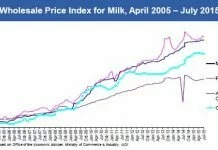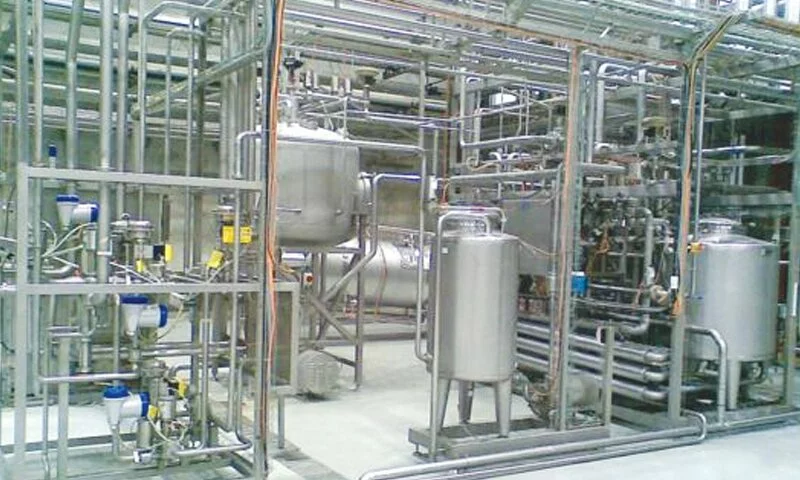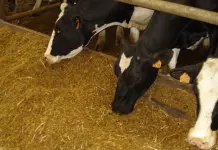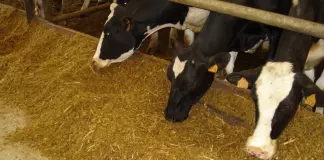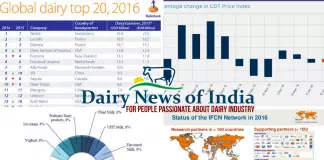How India’s Milk and Textile Cooperatives Support Those at the Base of the Pyramid
Countries where half the population resides at the Base of the Pyramid (BOP) with daily income levels as low as $3 (approximately Rs. 200) a day, need a combination of democratic, socialist and entrepreneurial principles to raise the standards of living of the underprivileged. During my recent trip to India, I had the opportunity to closely observe cooperatives in vital sectors such as agriculture and textile in the country and these are my observations.
Thanks to the unique Supply Chain Management (SCM) practices which combine modern principles and jugaad, India’s milk cooperatives form a global success story. Late Dr. Verghese Kurien, a celebrated economist who is known as the father of India’s milk revolution, was able to lead the implementation of the complex process of linking milk producers and consumers across the nation. The Amul model, Dr. Kurien’s brainchild, was replicated in other parts of India and has enabled India to become the largest milk producer in the world in a span of four decades.
Today, the global brand Amul and other milk cooperatives in India have moved their processes and products up the value chains to offer premium dairy products.
![Source: By WILLIAM YARDLEY [CC BY-SA 4.0], via Wikimedia Commons](http://www.thebetterindia.com/wp-content/uploads/2016/08/Verghese_kurien.jpg)
On the outskirts of Coimbatore, near the senior citizens’ home where my parents reside, I observed how one dairy farmer manages his small herd of cows. He is linked with Aavin, the milk cooperative in Tamil Nadu. Over the course of eight years, the number of cows he owns has multiplied to 10, and his one-room mud tenement has been replaced with a concrete house that has electricity. But the most important indicator of his rise up the income pyramid is that he is able to educate his daughter in a private school. As dusk falls, he visits senior citizens to sell them excess milk. This final sale of the day is a win-win situation for both parties.
Most senior citizens in South India like to have their early morning coffee made with fresh milk, and the farmer is able to dispose of the last drop of his precious resource.

Likewise, indigenous textiles, which were dear to Mahatma Gandhi, form the backbone of India’s economy. In recent years, India’s garment cooperatives have been able to take advantage of IT to earn a name for themselves in the extremely competitive global industry.
In Coimbatore, I also visited Cooptex, a textile cooperative founded in 1935. Handloom weavers have been a part of India’s rich cultural heritage for thousands of years, but the advent of industrialisation saw their prestige and livelihood opportunities decline. As in the milk cooperative case, leadership, public awareness campaigns, and modern SCM practices have helped textile cooperatives make a successful comeback. I asked the manager of Cooptex about their strategy and she told me that it is to further strengthen the organisation and to educate the public about the unique qualities of their product line. They cater to all sections of society.
![Image for representation only. Source: By Fabrics for Freedom [CC BY 2.0 (http://creativecommons.org/licenses/by/2.0)], via Wikimedia Commons](http://www.thebetterindia.com/wp-content/uploads/2016/08/India_textile_fashion_industry_workers.jpg)
Image for representation only. Source: By Fabrics for Freedom [CC BY 2.0 (http://creativecommons.org/licenses/by/2.0)], via Wikimedia Commons
When my parents’ domestic help was thinking about purchasing used bed sheets from her fairly affluent friend for Rs. 150 per sheet, she asked my mother’s opinion. My mother, who is a huge fan of Cooptex, told her about the discounts offered by the company. Brand new double bed sheets of excellent quality and design were being sold for Rs. 300.
India is now poised to share its best practices with respect to milk and textiles cooperatives with Africa. Cooperatives have the capacity to uplift millions of the world’s impoverished, as they have in India.
– Dr. Hema Krishnan [About the author: Dr. Hema Krishnan is a professor of Strategy & Global Business at the Williams College of Business, Xavier University, Cincinnati.]
Comments
comments




















